The West Coast National Park (WCNP) has made conservation headlines with a momentous discovery: a Cape leopard has been photographed within the park’s boundaries for the first time in 170 years.
The leopard sighting, captured by a remote camera trap, confirms the natural return of the elusive predator to South Africa’s coastal landscapes. The species had vanished from the region for nearly two centuries.
South African National Parks (SANParks) is celebrating the discovery as a powerful sign of ecological recovery.
According to SANParks, “The leopard had been extirpated as a species in the mid-1800s and only in the last while naturally returned.” The image itself confirms that this elusive predator has successfully reoccupied a region where it had long been absent. Its extraordinary return is attributed to a combination of factors, including habitat restoration, progressive land-use changes, protective environmental legislation, and a growing tolerance and coexistence between local communities and wildlife.
Partnership and Coexistence
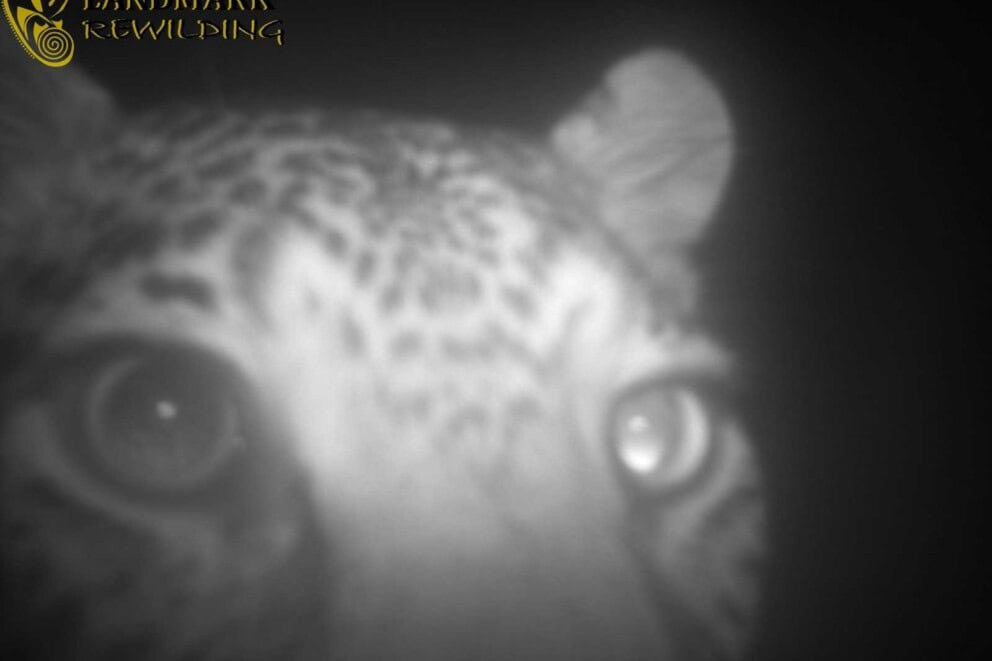
SANParks says the discovery is the result of a collaborative project involving the Landmark Leopard and Predator Project, SANParks, the University of the Western Cape, Saldanha Bay Municipality, and private landowners.
This long-term partnership has focused on restoring ecological corridors between Cape Town and the Berg River, allowing animals like leopards to move freely and safely.
As stated by SANParks officials, “The return of the leopard to the West Coast National Park underscores the success of long-term conservation partnerships and highlights the importance of continued collaboration to ensure that this remarkable recovery endures. This result is worthy of celebration.”
Return from Extirpation
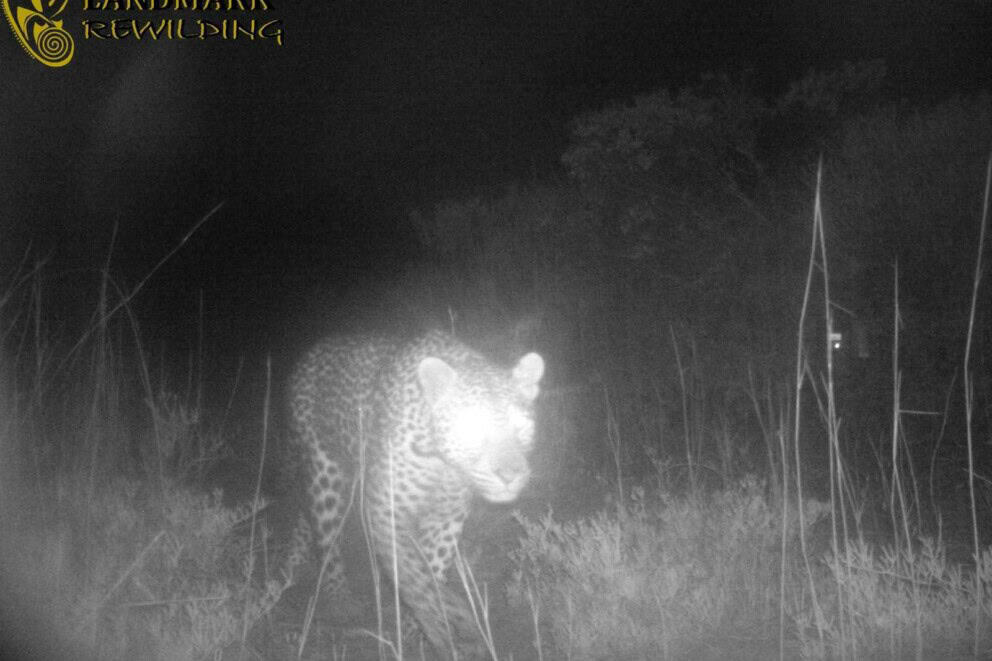
The leopard’s return is a profound reversal of history. For centuries, leopards were heavily persecuted in the Cape, often classified as “vermin” by colonial-era farmers. This sustained culling, combined with habitat loss, led to the local extinction of the species in the coastal areas and Cape Peninsula by the mid-1800s.
The Cape leopard survived only in the rugged, inaccessible mountainous regions like the Cederberg, with their population in the Western Cape estimated to be less than 500 individuals. The latest sighting is not the result of reintroduction but of the animal naturally migrating back. This migration signifies that the modern Cape landscape, thanks to protective legislation and conservation areas like the WCNP, is once again healthy and connected enough to support its apex predator.
Plan Your Visit
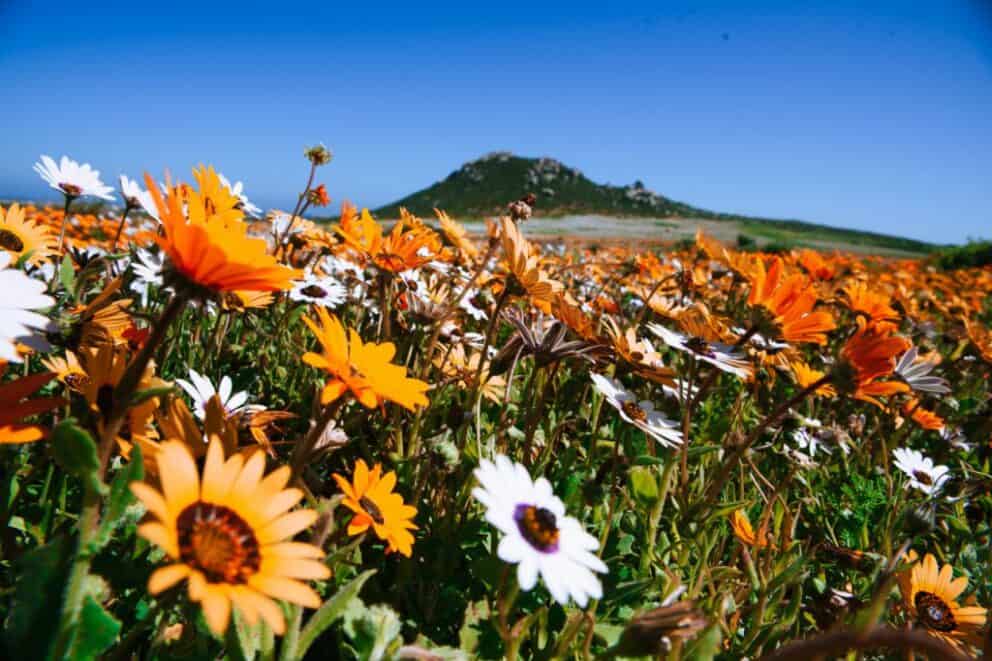
The West Coast National Park is located about 88 km (55 miles) north of Cape Town, easily accessible via the R27 coastal road. While spotting the newly returned apex predator will be a rare challenge for any traveller, the park offers a wealth of other established attractions:
- Langebaan Lagoon and Saldanha Bay are prime spots for birdwatching, water sports, and enjoying the unique coastal scenery.
- The park is world-renowned for its stunning display of spring flowers (especially in the Postberg section), which typically bloom from August to September.
- Visitors can also enjoy game sighting, whale spotting (August to November), hiking trails, and mountain biking.
The natural return of the leopard is a celebrated conservation milestone and a thrilling new dimension to the visitor experience at the WCNP.
Want to see the stunning West Coast National Park yourself? Contact our Africa safari experts today to start planning your dream safari today.






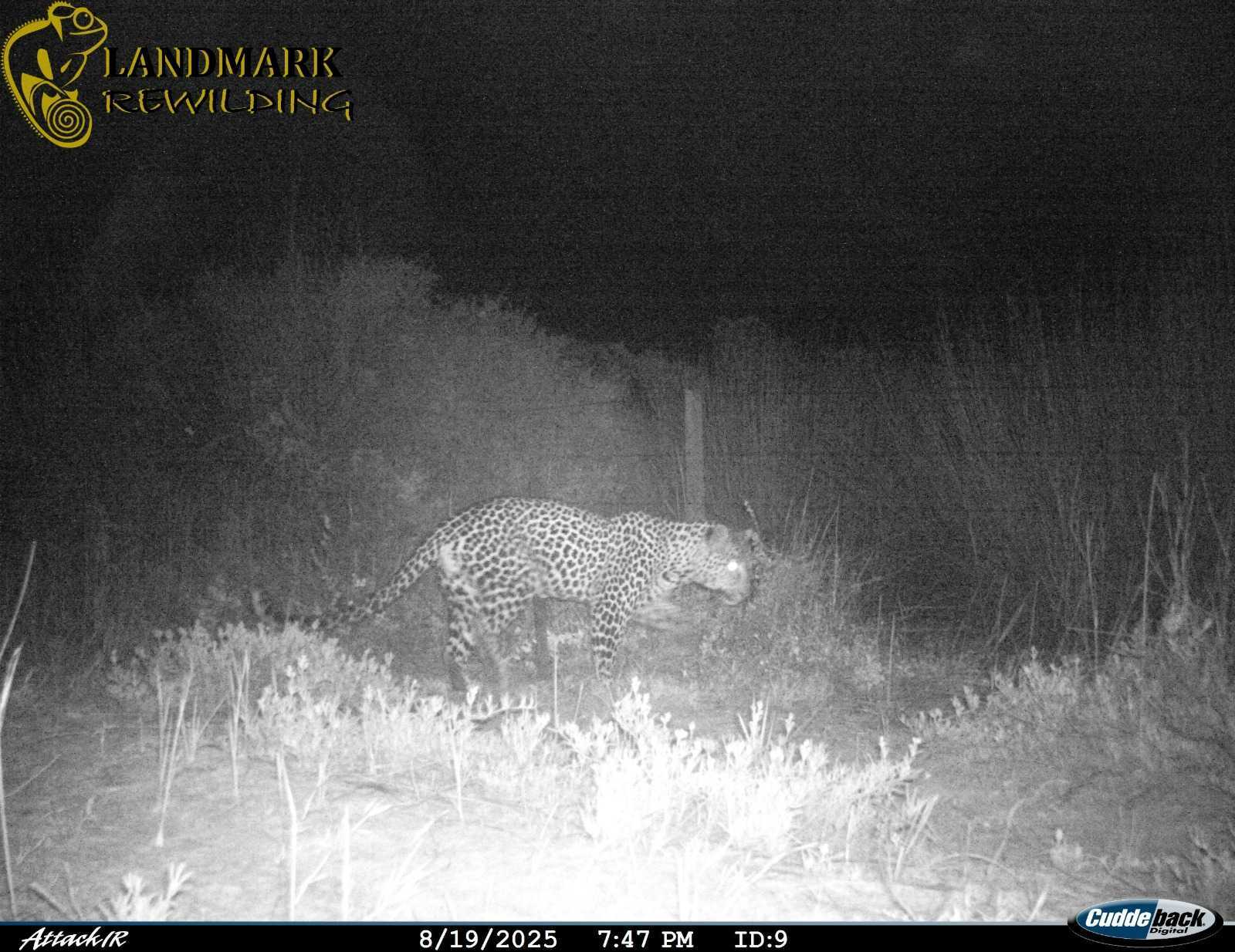

 Copy Link
Copy Link
 Share on LinkedIn
Share on LinkedIn
 Share on Facebook
Share on Facebook
 Blog List
Blog List

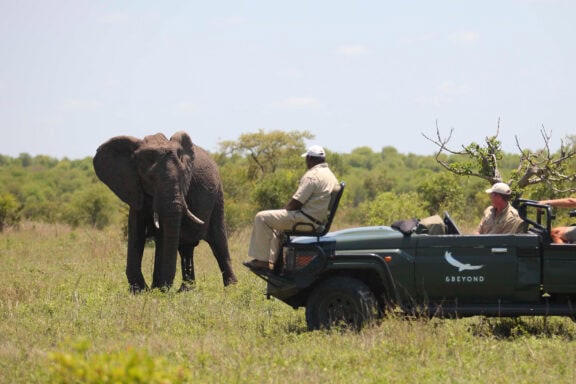
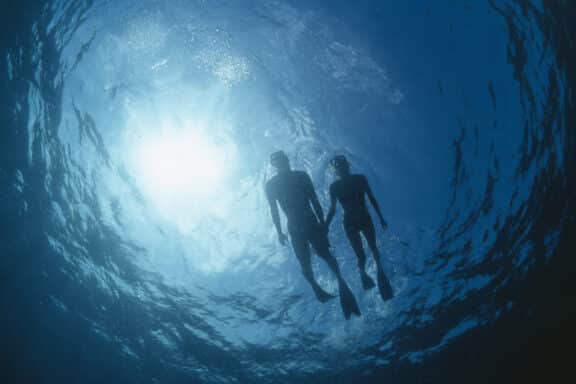


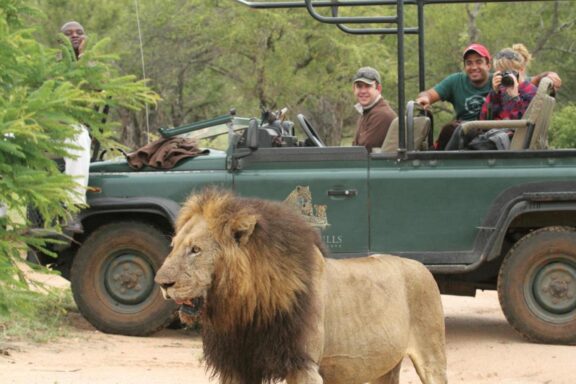
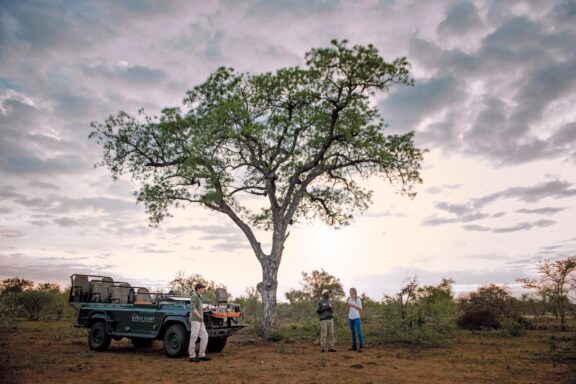














Written by Thaakiera Ackerdien
• Travel Writer
Part of the South Africa Safari & African Big Cats Safaris Collections